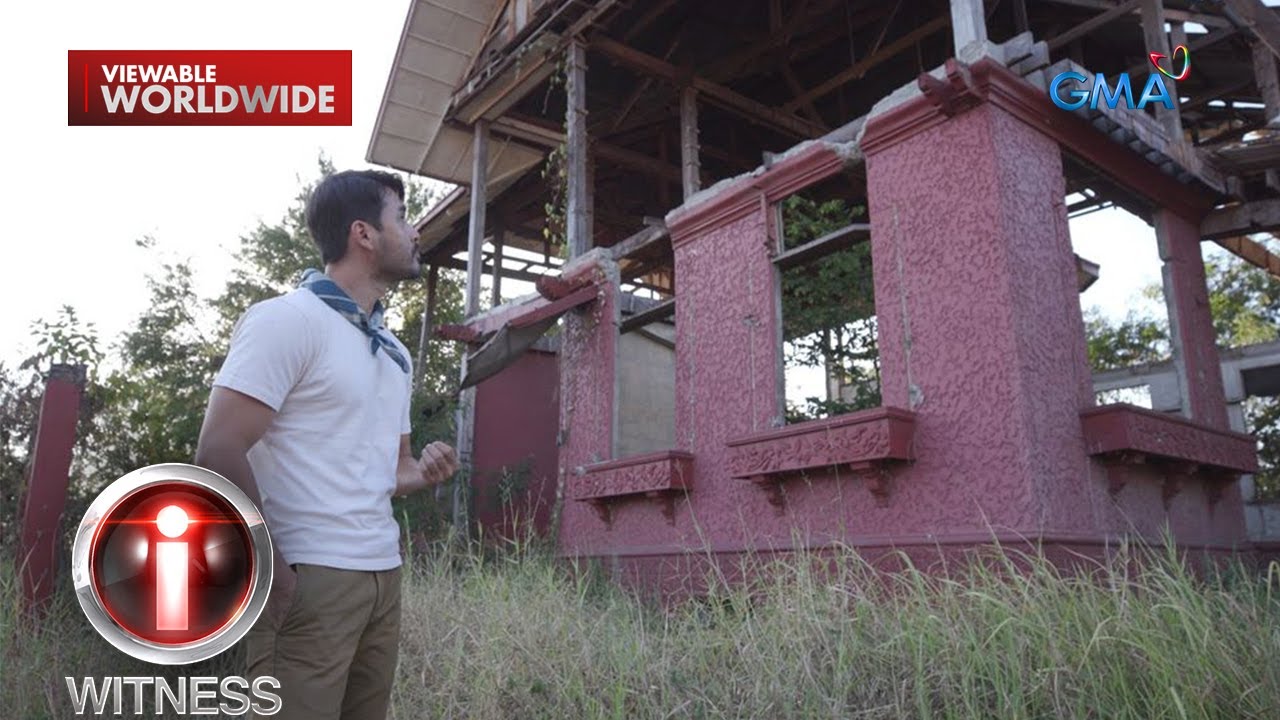PERLAWANAN RAKYAT PAPUA TERHADAP KEKEJAMAN JEPANG
Summary
TLDRThe script details the courageous resistance of the Papuan people against Japanese occupation during World War II, particularly in regions like Biak, Sarmi, and Yapen. It highlights the leadership of figures such as Elromkorem and Silas Papare, who organized guerrilla warfare and continued the struggle even after Japan's defeat. Despite overwhelming odds, including the use of forced labor and brutal oppression, the Papuan resistance played a pivotal role in resisting foreign domination, with Silas Papare eventually contributing to the integration of West Papua into Indonesia in 1963.
Takeaways
- 😀 Japan invaded Indonesia in 1942, with the goal of dominating Southeast Asia, including Papua, causing great suffering to the local population.
- 😀 The Papuan people, under the leadership of El Romkorem in 1943, initiated a resistance movement known as the 'Koreri Movement' to fight back against the Japanese occupation.
- 😀 The term 'Koreri' is derived from the Biak language, meaning 'We' (Ko) and 'Change skin' (Reri), symbolizing the desire for a happy, eternal life rather than a literal change.
- 😀 The Biak people's resistance used guerrilla warfare strategies, as they lacked the necessary weapons to directly confront the Japanese forces.
- 😀 Despite heavy casualties, the Biak people's perseverance eventually led to the Japanese being driven out of the region, making it the first area in Indonesia to be liberated from Japanese rule.
- 😀 The Koreri movement spread to other areas in Papua, including Manokwari, Sorong, and Jayapura, continuing the fight against Japanese forces.
- 😀 In Sarmi, located on Papua's northern coast, the Japanese had a strategic interest and forced the local population into hard labor for road and airfield construction.
- 😀 The people of Sarmi, initially welcoming the Japanese, eventually rose in resistance due to the oppressive conditions, starting in 1944. This included attacks on five Japanese military posts, leading to significant casualties for the Japanese.
- 😀 As the Allies (the United States and its allies) returned to Indonesia, the Papuan resistance supported them in expelling the Japanese, ultimately contributing to the Japanese surrender.
- 😀 Silas Papare emerged as a key leader in the fight against both the Japanese and later the Dutch colonial forces, contributing to the eventual integration of Irian Barat (West Papua) into Indonesia on May 1, 1963.
Q & A
What was the main objective of Japan's invasion of Indonesia in 1942?
-Japan's primary objective was to control Southeast Asia, including Papua, as part of its expansion during World War II.
What led to the suffering of the people of Papua during the Japanese occupation?
-The people of Papua suffered due to brutal treatment, including being beaten and tortured by Japanese forces, which led to their eventual resistance.
What was the 'Koreri movement' in Papua?
-The Koreri movement was a local resistance led by the people of Biak against Japanese occupation, symbolizing the desire for freedom and lasting happiness, where 'Koreri' means 'we change skin'—a metaphor for achieving a better life.
What was the military strategy employed by the people of Biak in their resistance against Japan?
-The people of Biak used guerrilla warfare, as they lacked sufficient weapons to directly confront the Japanese forces.
How did the guerrilla strategy impact Japan's position in Biak?
-The guerrilla warfare tactics made it difficult for the Japanese to maintain control, and eventually Biak became the first area in Indonesia to be freed from Japanese occupation.
How did the people of Papua contribute to the defeat of Japan in Sarmi?
-The people of Sarmi engaged in resistance by attacking Japanese military posts, which led to the death of over 21,000 Japanese soldiers, contributing to Japan's eventual defeat.
Why was Sarmi a significant location for Japan during its occupation of Papua?
-Sarmi was strategically important to Japan as a potential military base, which led them to heavily exploit and oppress the local population.
What role did the Allied forces play in the resistance efforts in Papua?
-The Allies, particularly the United States, supported the resistance by supplying weapons to the Papuan fighters, aiding in their struggle against the Japanese forces.
Who was Silas Papare, and what was his role in the resistance against both Japanese and Dutch forces?
-Silas Papare was a prominent Papuan leader who initially resisted the Japanese occupation. After Indonesia's independence was declared, he became involved in the fight against Dutch colonial forces to secure Papua's place in the new nation.
What significant political action did Silas Papare take to support Indonesia's independence?
-Silas Papare founded the Indonesia Irian Party (PKII) in 1946 to advocate for the independence of Papua and its integration into Indonesia, later playing a key role in the region's transition to become part of the Republic of Indonesia in 1963.
Outlines

This section is available to paid users only. Please upgrade to access this part.
Upgrade NowMindmap

This section is available to paid users only. Please upgrade to access this part.
Upgrade NowKeywords

This section is available to paid users only. Please upgrade to access this part.
Upgrade NowHighlights

This section is available to paid users only. Please upgrade to access this part.
Upgrade NowTranscripts

This section is available to paid users only. Please upgrade to access this part.
Upgrade NowBrowse More Related Video

Perlawanan Rakyat Aceh dan Singaparna terhadap Jepang || Sejarah Indonesia

Perlawanan Bangsa Indonesia terhadap Jepang

Pengerahan dan Penindasan 🇯🇵 Versus Perlawanan 🇮🇩

Pendudukan Jepang di Indonesia (WKS07)

Nieves Fernandez - Philippine Warrior Woman who killed 200 Japanese during WWII

Ang pagsakop at pag-abuso ng mga Hapon sa mga Pilipino noong World War II | I-Witness
5.0 / 5 (0 votes)